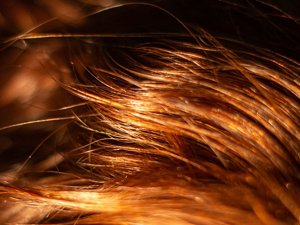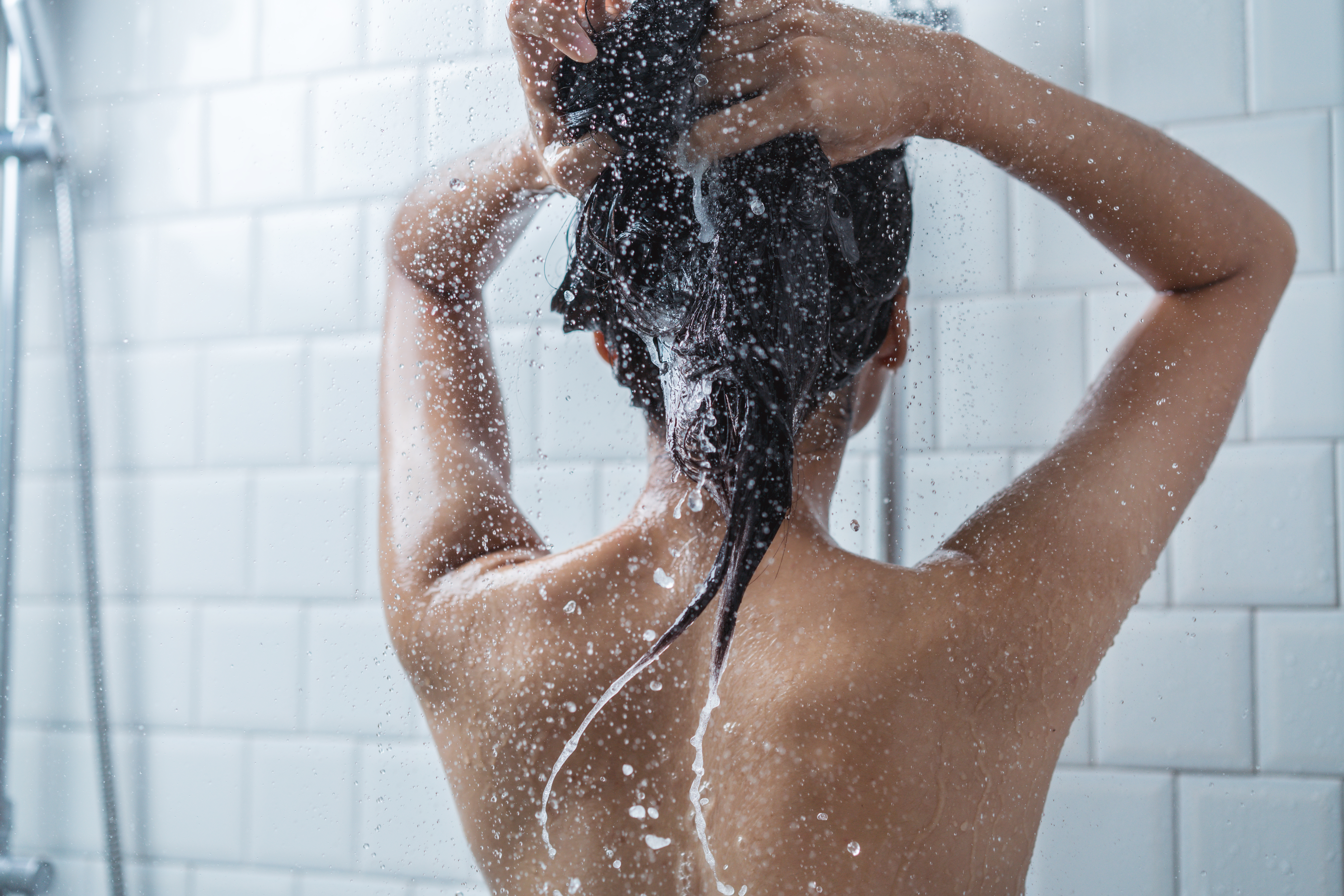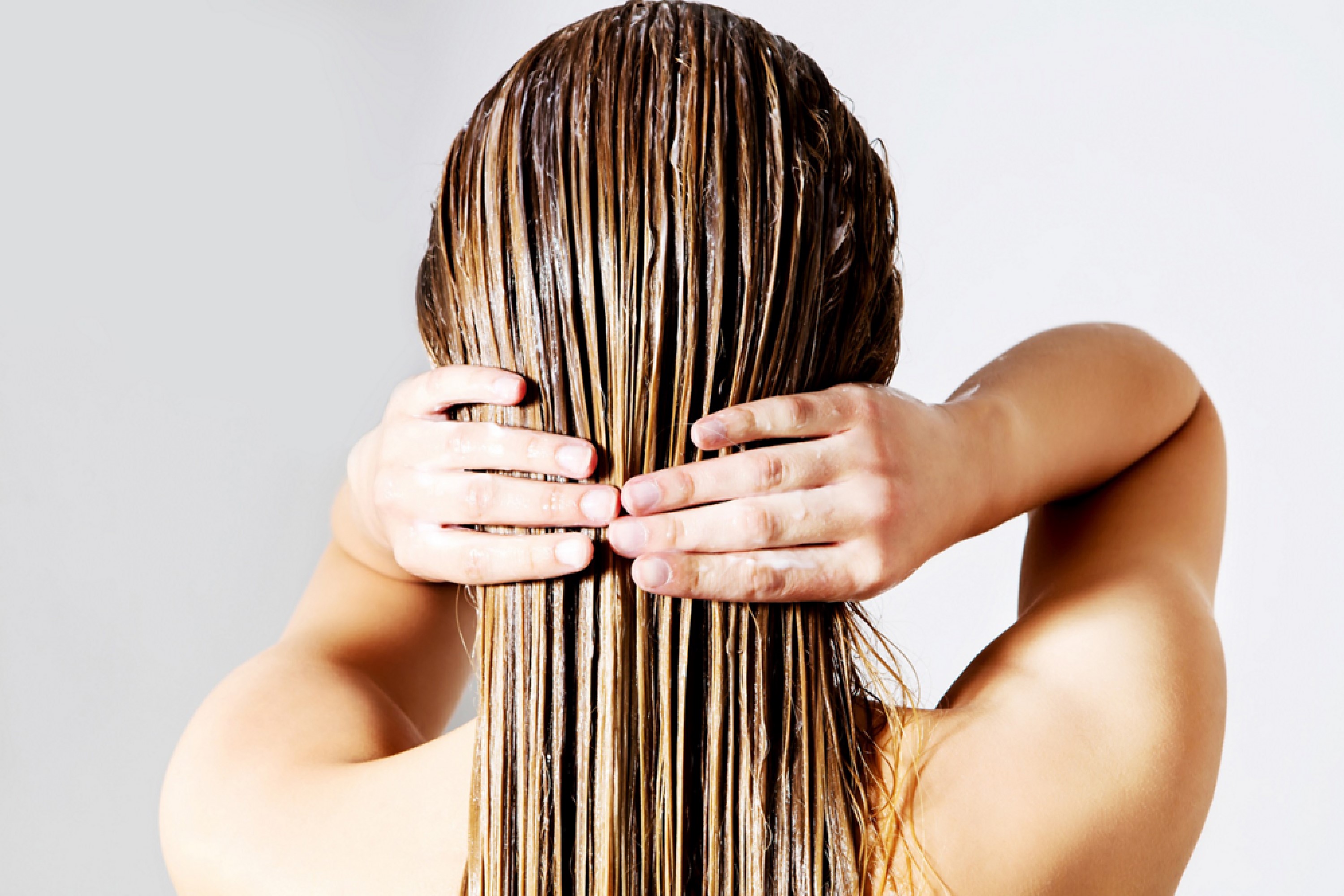-
- PRODUCT TYPE
- Shampoo
- Conditioner
- Treatments
- Stylers & Finishers
- Colour
- View All
WHY IS MY HAIR GREASY?
Greasy hair affects us all from time to time - and it’s not always a seasonal issue. If you’re finding your roots or lengths are getting greasy in between washes, there are several ways to combat oily hair and restore the balance between your hair and your scalp.
You can wash your hair every day to remove grease and build-up, but there are alternative ways to prevent grease ruining your ‘do.
What does greasy hair look like?
Greasy, oily hair tends to be fairly easy to spot – it look darker and flat, clumps together and any face-framing strands may look stringy and dull.
To work out if you have greasy hair, shampoo your hair at night and only apply conditioner to your lengths. The following evening, press a clean, dry tissue onto your scalp.

What causes greasy hair?
Greasy hair is caused by the sebaceous glands on your scalp producing too much oil. The oil is then absorbed by your hair, and travels down its lengths – when there’s too much, it makes your hair look clumpy and dull.
There are several factors which may cause greasy hair – here are some of the main offenders:
Sometimes greasy hair can be caused by a hormonal imbalance or an underlying health condition. If you’ve tried lifestyle changes to avoid greasy hair and they’re not working, it’s worth talking to your GP.

Why does my hair get greasy so quickly?
Different hair types will react differently to grease. People with thin hair might find that their hair looks greasy one day after washing, people with long, coarse hair might find they can go a week in between washes. If your hair looks greasy a few hours after washing, you may have fine hair, and you may be washing it too much.
It all depends on how much oil your scalp is producing and how quickly that oil is transferring to your roots and lengths. It can be tempting to wash your hair every day to reduce oil build-up, but this can exacerbate the issue.
If you normally wash your hair every day, start washing and lightly conditioning it every other day. Tie in back or wear a hair wrap on the non-wash days. Your hair may take a few weeks to adjust, but when it does, you’ll notice you can go longer in between washes – and your hair will look far less greasy.

Choosing a shampoo and conditioner for greasy hair
To avoid overstimulating your sebaceous glands, choose a lightweight cleansing shampoo which will clear grime and product build-up without weighing down your locks. Our Weightless Wonder shampoo for fine hair prone to frizz is an ideal cleanser – it nourishes and hydrates weightlessly.
Greasy hair needs a lightweight conditioner with a gentle touch. Only run it through your lengths, and avoid getting any on your scalp. Our Volume Lift Lightweight Conditioner nourishes fine hair and rinses clean, as well as detangling and providing a great base for a hairstyle with volume.
Can I use a hair mask if I have greasy hair?
You can use a hair mask if you suffer from an oily scalp and lengths – however, use a smaller amount that you usually would and only apply to the bottom third of your lengths. Don’t apply any hair mask near or on your scalp, and rinse thoroughly with lukewarm water.
How to get rid of greasy hair in between washes
If your hair’s starting to look greasy and you’re nowhere near a shower (or at a festival), try these tips and tricks to banish grease until your next shampoo.



